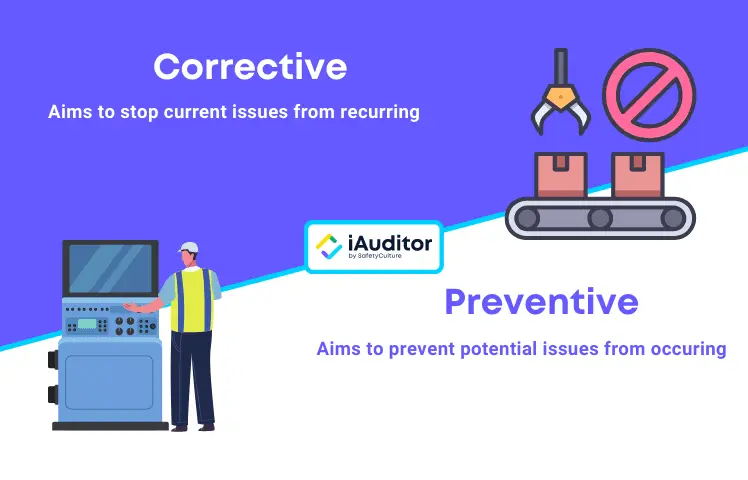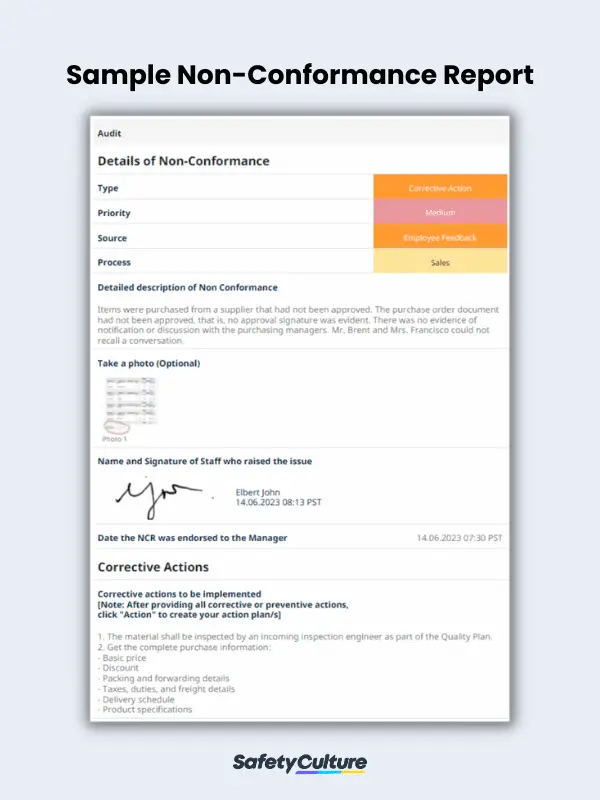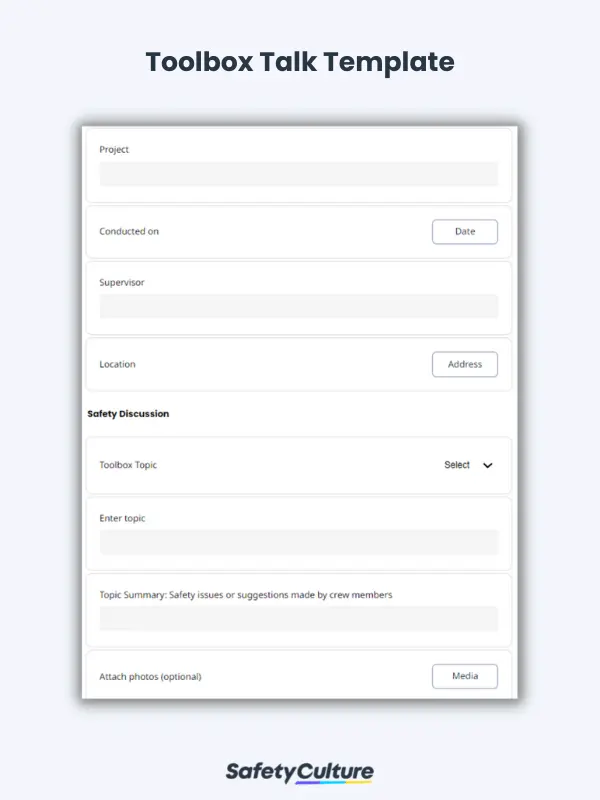What is Corrective and Preventive Action?
Corrective and Preventive Action, sometimes referred to as CAPA, is a quality management strategy that is made up of processes that intend to correct and prevent known issues, such as nonconformities, from occurring. The CAPA approach is used to identify and resolve systematic defects and prevent persistent problems from happening again.
Why is CAPA Important?
CAPA is amongst the top important quality systems according to the FDA. Corrective action and preventive action can be used separately or be implemented together. Corrective and preventive action aims to improve manufacturing and production processes and ensure that finished goods are free from defects and other nonconformities. Additionally, CAPA is also utilized to reduce safety risks in the workplace.
To put things into perspective, an example of CAPA in manufacturing is when there is a defective product, workers first document the nonconformance and then find out the root cause of the problem. The solution for this scenario is to take action that can correct the issue and prevent its recurrence. This is different from fixing or correcting the product itself since CAPA addresses the problem by modifying the existing processes used to create the product.
On the other hand, CAPA is important for workers that have dangerous jobs or are working in high-risk workplaces. A particular industry that can benefit from CAPA is the construction industry where workers are exposed to high risks such as slips, trips, and falls. Safety officers should meet with the workers before they start on their tasks to remind them of the SOPs and conduct a refresher on the site safety hazards. Supervisors can then ask the workers if they discovered any risks, the information collected can then be used to proactively improve safety procedures.
Another specific industry that can leverage CAPA is the maritime industry. With the ISPS code and the right measures and strategy, the maritime industry can prevent occurrences that can threaten its security.
Difference Between Corrective and Preventive Action
The difference between corrective and preventive action is that corrective aims to stop current issues such as nonconformance from recurring while preventive aims to prevent potential issues from occurring entirely by eliminating the root cause.

Corrective vs. Preventive Action | SafetyCulture
Corrective Action for Non-Conformance
An example of a non-conformance that can be fixed through corrective action is repetitive issues such as unauthorized document changes and product defects. These issues are known to cost manufacturers and produce waste especially when it causes frequent reproduction. The nonconformity and the corrective action involved have to be documented in compliance with certain international standards such as ISO 9001:2015.
A corrective action report can include these particular requirements. Additionally, the corrective action report form includes detailed sections that help you gather information about the processes and guide you in finding the root cause of the problem. This can serve as a deciding factor for the corrective action that can prevent issue recurrence.
Preventive Action in The Workplace
It cannot be stressed enough that safety in the workplace is important, regardless if it’s in a construction site or an office. Both areas have risks and hazards that can cause incidents. Managers and supervisors can conduct preventive actions such as a toolbox talk that can eliminate or reduce risks and prevent problems from occurring. Share within the team a toolbox talk form which allows for proper record-keeping and ensures that all safety concerns are addressed.
This toolbox talk discussion tool can be used by managers to gather information from the team. It includes safety discussion and attendance records. A preventive action tool that can be shared with each member of a group, this construction toolbox talks form is divided into sections that help gather detailed information on construction hazards and also includes the fatal four: falls, electrocutions, struck by object, and caught in between objects. Other sections include follow-up questions and workers can share their recommendations for preventive actions needed to remove risks.
Corrective and Preventive Action Report Examples
A corrective and preventive action (CAPA) report form is best used when the situation calls for both correcting and preventing problems. CAPA is used for major non-conformance as recommended by the FDA. Additionally, failure to conduct corrective action is considered as a major non-conformance.
This example of a CAPA report form ensures that your facility meets the requirements of regulatory bodies such as the FDA and stays compliant with other industry standards such as ISO 9001:2015 and ISO 13485. The report contains sections to be filled out by the investigating person. It gathers information such as identified deficiencies, responses to deficiencies, and the CAPA plan.
Create Your Own CAPA Report Form
Eliminate manual tasks and streamline your operations.
Get started for FREESafetyCulture The Digital CAPA Tool
Improve the quality of your products and safety of your workers by incorporating corrective and preventive actions in day-to-day business activities. CAPA is effective in preventing the recurrence and occurrence of issues in multiple industries such as manufacturing, production, construction, and corporate. Optimize your processes by using a digital CAPA tool such as SafetyCulture (formerly iAuditor). This quality and safety app can help your documentation process become more efficient and eliminates paperwork. Other CAPA features include:
- Thousands of free and customizable corrective and preventive action form templates made for numerous industries
- Ability to upload media files such as photos to improve the visibility of the problem or situation
- Schedule a toolbox talk for the team and assign specific workers for each form.
- Add a recommended CAPA to be reviewed by the manager
- Require the name and signature of the employee filling out the CAPA report
- View data analytics and easily check for recurring failed items and actions
- Train employees on how to effectively deal with issues using CAPA
- Manage and maintain optimal performance of your organization’s valuable assets in one platform





